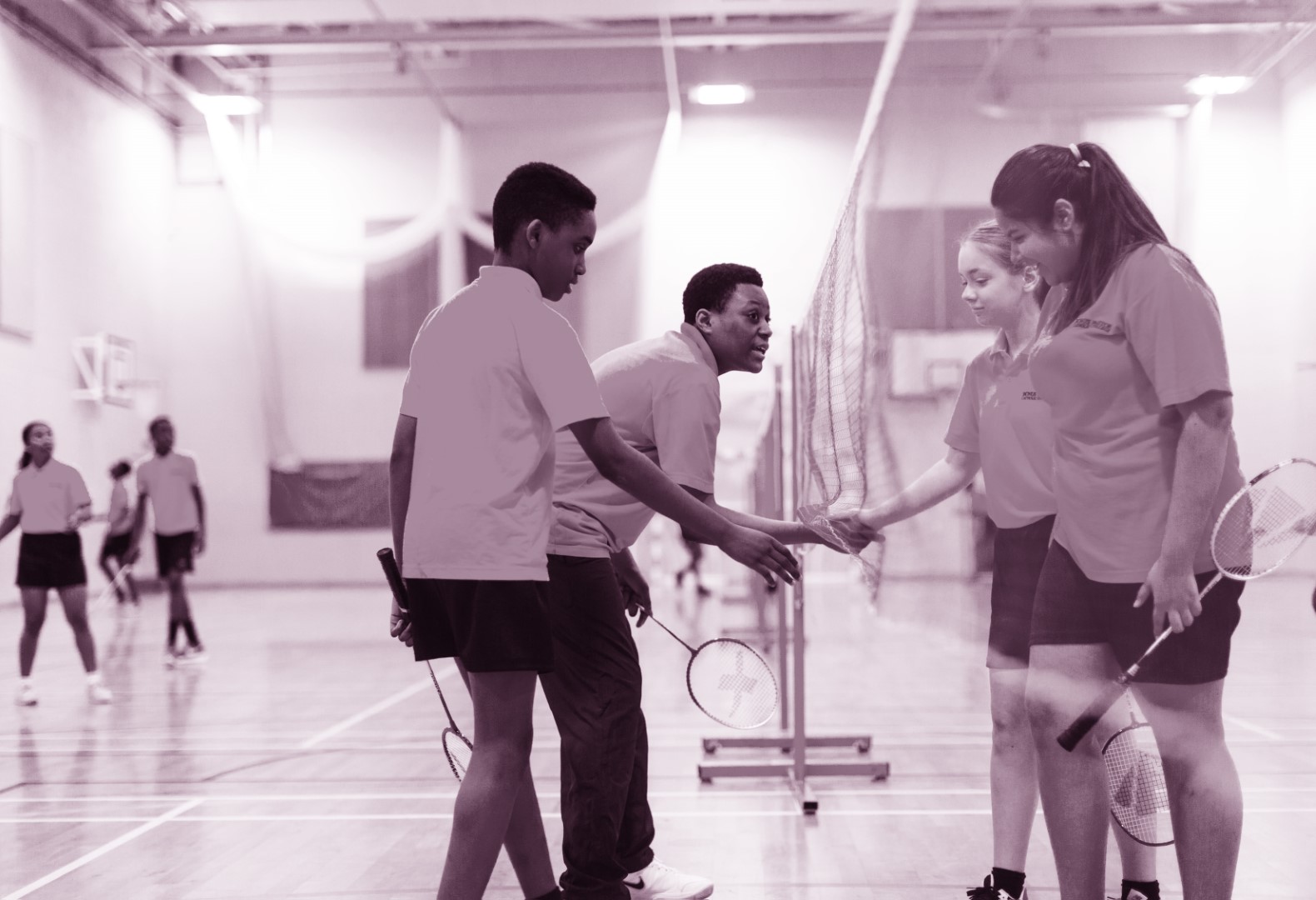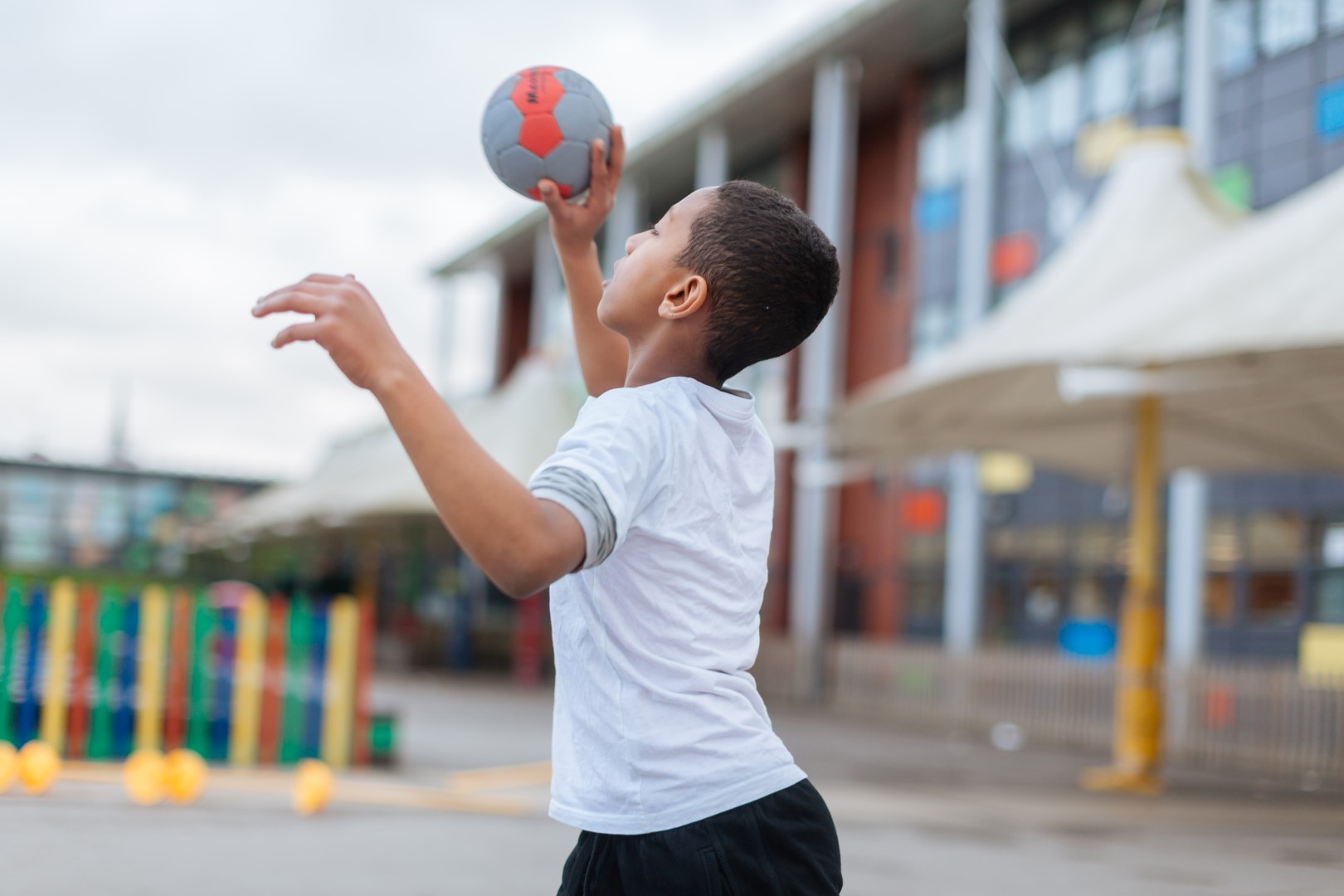Established in 2012 by Sport England, and delivered through the Active Partnerships network, the Satellite Clubs programme provided young people (14-19) with opportunities to participate in high quality physical activity and sport. A Satellite Club was funded to provide 30 weeks of delivery and focused on sustainability of engagement in physical activity beyond that funded period.
Since 2019, London Sport utilised the £1,221,870 investment to seek out and test new partnerships models, improve internal processes, and draw in additional resources to increase the impact of each Satellite Club. We used insight and data to target and tailor sessions to particular groups of young people, using youth voice to deliver opportunities that young Londoners wanted.




















